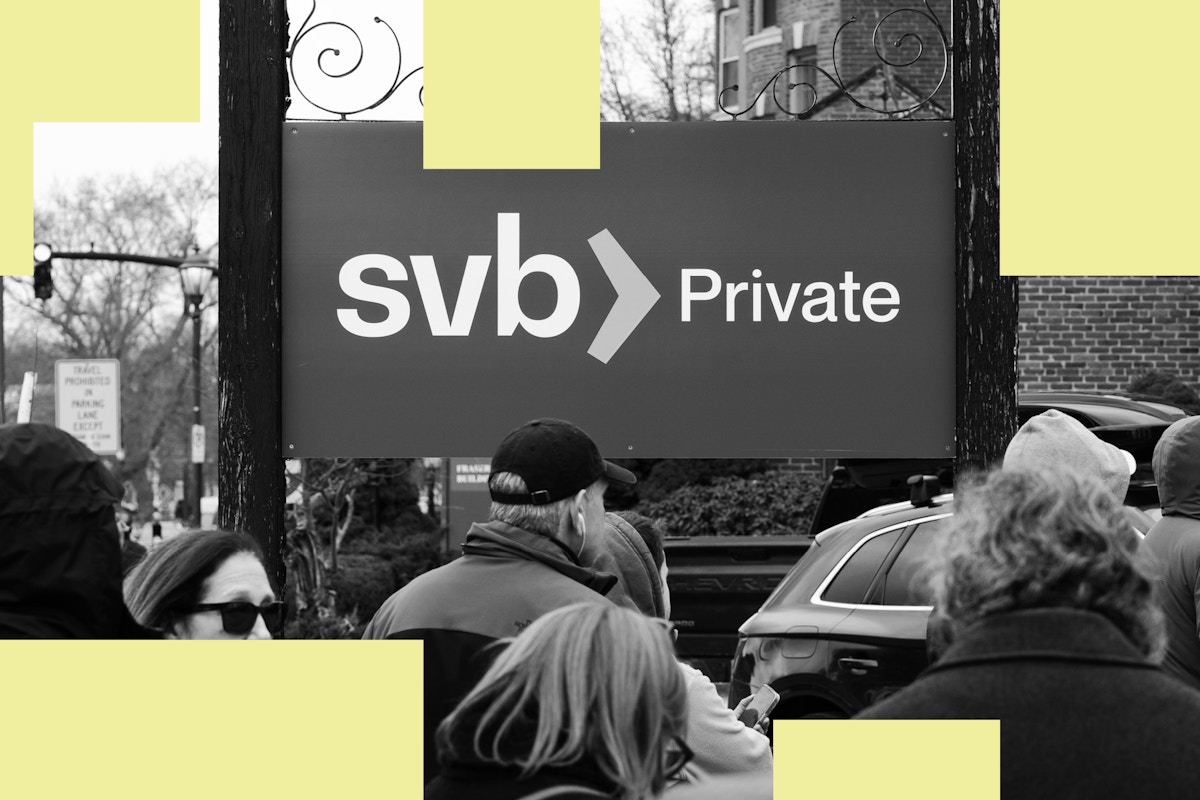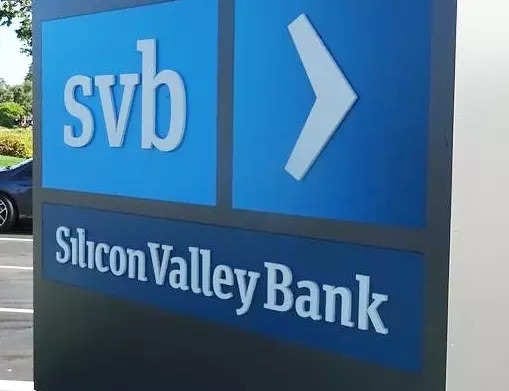SVB Fiasco Explained in 3 Minutes

Silicon Valley Bank ("SVB"), the 16th largest bank in America, recently collapsed this month. Here's what you need to know:
In the wake of the pandemic, a startup boom emerged, and with it, record-high investments gushed out from venture capital firms. The surge in startup activity sparked the accelerated growth of Silicon Valley Bank (SVB), which rose to become the 16th largest bank in America. As a bank that caters primarily to startups and tech-oriented companies, SVB saw a significant increase in demand for its financial services.
Thanks to these cash-stuffed startups, in just over 2.5 years, SVB saw their deposit balance more than triple to $198 billion.
What do banks do with customer deposits? Essentially, when someone deposits money into the bank, the cash doesn't just sit there in a vault. Instead, the bank uses that cash and invests it in a variety of different securities. One of the most popular investments that banks choose are bonds - typically U.S. treasuries and mortgage-backed securities.
Banks must disclose whether they intend to hold purchased bonds until maturity or not, which determines their classification as either held-to-maturity (HTM) or available-for-sale (AFS) on their financial books.
More on HTM and AFS
HTM: The value of the bonds on the balance sheet is based on their cost rather than their market value (unrealized gains or losses are not recognized if the bank plans to hold the bonds until maturity). This accounting treatment allows banks to avoid marking the bonds to market and smooth out any short-term fluctuations from the market.
AFS: Unlike HTM, the value of the bonds on the balance sheet is marked-to-market and, therefore, subject to market volatility.
SVB's bond portfolio relied extensively on HTM. Their HTM balance was $99 billion by the first quarter of 2022. In contrast, their AFS balance was only $27.3 billion. Their investment strategy depended on interest rates to remain low. Unfortunately, within the past year, interest rates have risen faster than they ever have. Ultimately igniting the fuse toward SVB's demise.
Due to consistent interest rate hikes led by the fed, by the end of September 2022, SVB had amassed unrealized losses of $16 billion, essentially making the bank insolvent. That being said, these losses were not "real" and would only be realized if they sold the bonds - as long as the bonds reached maturity, the unrealized losses would have technically "disappeared".
While the unrealized losses continued to amass, SVB ran into its second major problem: a run on the bank - customers flocked to withdraw their money all at once.
SVB's niche customer base left them exposed to a raging run on the bank. With the tech industry experiencing a downturn - rising interest rates, a recession looming, and over 150,000 layoffs within the past 6 months - everyone went into defence mode, and panic ensued. SVB's customer base rushed to withdraw their deposits (full detailed explanation on why customers rushed to withdraw their deposits here).
With hordes of customers rushing to withdraw their funds, SVB was pushed into a corner and forced to sell their bonds at a massive loss. The losses were so large that the bank was not able to meet all of its customers' withdrawal requests... They ran out of cash and soon entered into receivership - which was the end of SVB.
Looking to read more on the whole SVB fiasco? Here are a few articles that go more in-depth:










Member discussion